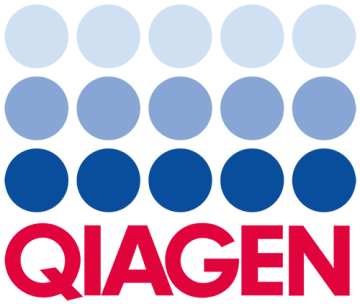Sumoylation Pathway
The small ubiquitin like modifier (SUMO) conjugation pathway modifies hundreds of proteins that participate in diverse cellular processes, most commonly in the nucleus. Sumoylation is highly analogous to ubiquitinylation, using a sequence of E1, E2, and E3 enzymes, though E3s are not always required. There are four variants, SUMO1, -2, -3, and -4, of which SUMO1 is the most studied and abundant. Newly synthesized SUMO undergoes post-translational maturation, catalyzed by Ulp/Senps, to reveal a C-terminal di-glycine. The E1 enzyme (Sae1/Sae2) adenylates and then conjugates processed SUMO to Sae2 via a thioester to the glycine C-terminus...
Pathway Summary
In some cases, SUMO chains can be formed through linkage of additional SUMO moieties to a consensus site on SUMO itself, again like ubiquitin. SUMO sites are sometimes at ubiquitinylation motifs and can compete to inhibit protein degradation. Phosphorylation within the target protein motif or in other SUMO-affinity sites (ISAMs) that do not themselves become sumoylated can strongly modulate affinity, either positively or negatively. A very common locus of sumoylation is the nuclear pore, where RanBP serves as an E3 ligase, and the stable complex with RanGAP and conjugated Ubc9 sumoylates proteins as they are imported, and possible exported as well. An example of regulatory sumoylation is a capacity to reverse transcription activation. Daxx binds sumoylated transcriptional activators and turns them into repressors.
Sumoylation is an important posttranslational modification capable of altering stability, gene regulation, subcellular localization, and protein-protein interactions. It has been observed to play key roles in vital cellular processes such as oncogenesis, cell cycle control, nucleocytoplasmic trafficking, apoptosis, and response to virus infection.
